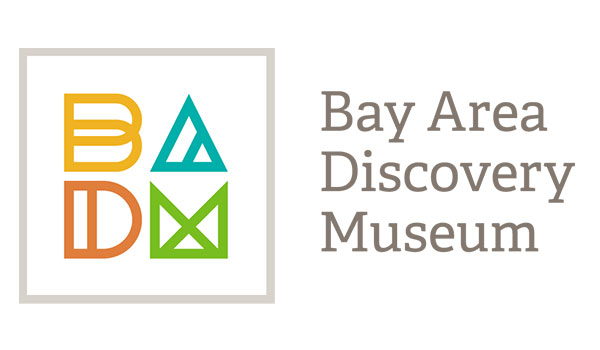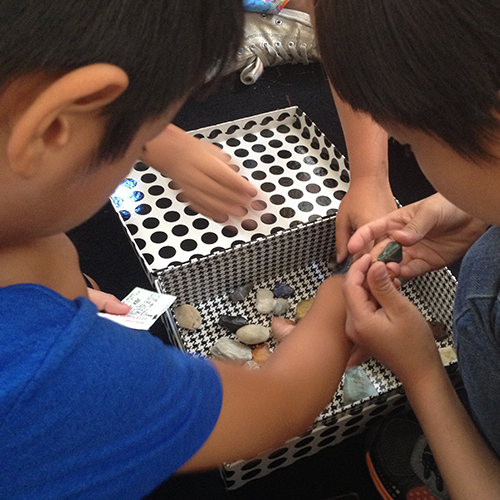Children will explore mystery substances, make observations, and describe the properties that distinguish the common states of matter—solid, liquid, and gas.
Materials Required
- 10 shoeboxes
- Everyday objects/substances to put inside the shoeboxes, including a mix of solids, liquids, and gases (e.g. marbles, bottle of water, balloon, pencil)
- Paper and pencil
Instructions
- Review or introduce the three most common states of matter—solid, liquid, and gas—and their properties.
- Split children into partners and give each pair a shoebox. Have one child close their eyes while the other partner picks an object to put inside a shoebox.
- Without opening the shoebox, ask the other child to describe what they observe. What do you predict is inside the shoebox? What can you tell me about the object’s properties? Do you think it is a solid, liquid, or gas – how do you know?
- After the child has time to describe and observe, open the shoebox to reveal what’s inside. How did their predictions align with the results? What did they notice about each object? What does that reveal about the object’s state of matter?
- Make sure partners get a chance to switch and try both roles.
Additional Tips
Try these add-on activities:
- Hunt for objects around the classroom and nearby. Talk about their properties and decide together whether they are solids, liquids, or gases.
- Create a collage of solids, liquids, and gases using images cut from magazines, old books, or the Internet.
- Try a similar but messier version of this activity by filling balloons with various substances such as water, ice, oil, or rice.


